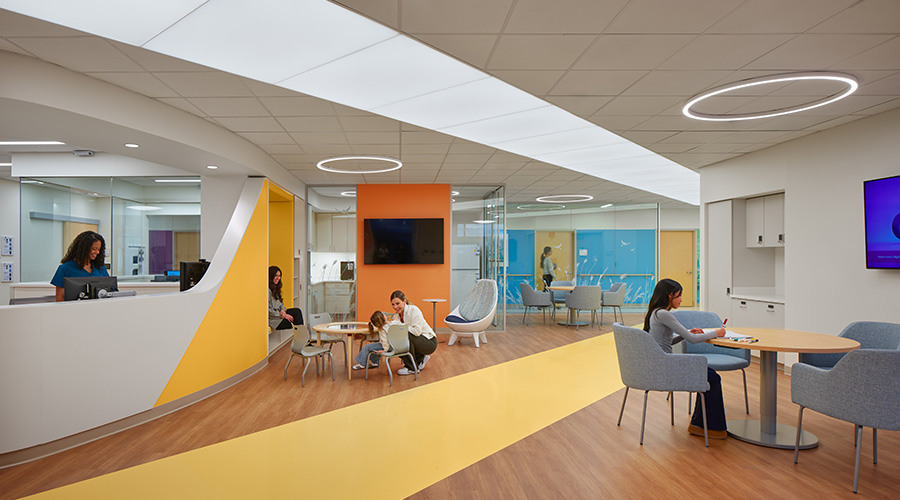Everyone knows that energy efficiency results in saving energy, but evidence points to an array of wider benefits. The term "multiple benefits" has emerged to describe the additional value that emerges with any energy performance improvement. The benefits that occur onsite can be especially meaningful to manufacturing, commercial, and institutional facilities. Energy efficiency's positive ripple effects include increased productivity and product quality, system reliability, and more. Business leaders take note: the bonus value of energy efficiency's multiple benefits amplifies the return on energy efficiency investments.
Over the past few decades, researchers have documented numerous cases of energy efficiency improvements---almost always focusing exclusively on energy savings. Non-energy benefits are often recognized, but only in concept. ACEEE's new report, Multiple Benefits of Business-Sector Energy Efficiency, summarizes what we know about the multiple benefits for the business sector. True quantification of these benefits remains elusive due to a lack of standard definitions, measurements, and documentation, but also in part because variations in business facility design and function ensures that a comprehensive list of potential energy efficiency measures is long, varied, and often unique to the facility.
To give some concrete examples of non-energy benefits at work: Optimizing the use of steam in a plywood manufacturing plant not only reduces the boiler's natural gas consumption, it also improves the rate of throughput, thus increasing the plant's daily product yield. A lighting retrofit reduces electricity consumption while also introducing lamps with a longer operating life, thus reducing the labor costs associated with replacing lighting. In many instances, monitoring energy use also provides insights into water or raw material usage, thereby revealing opportunities to optimize manufacturing inputs and eliminate production waste. By implementing energy efficiency, businesses can also boost their productivity. This additional value may make the difference in a business leader's decision to pursue certain capital investment for their facility...
To continue reading this blog post, visit: http://aceee.org/blog/2015/01/how-energy-efficiency-investment-crea
To read the report, visit: http://aceee.org/research-report/ie1501

 Contaminants Under Foot: A Closer Look at Patient Room Floors
Contaminants Under Foot: A Closer Look at Patient Room Floors Power Outages Largely Driven by Extreme Weather Events
Power Outages Largely Driven by Extreme Weather Events Nemours Children's Health Opens New Moseley Foundation Institute Hospital
Nemours Children's Health Opens New Moseley Foundation Institute Hospital Code Compliance Isn't Enough for Healthcare Resilience
Code Compliance Isn't Enough for Healthcare Resilience Ribbon Cutting Marks First Phase Completion for New Montefiore Einstein Facility
Ribbon Cutting Marks First Phase Completion for New Montefiore Einstein Facility